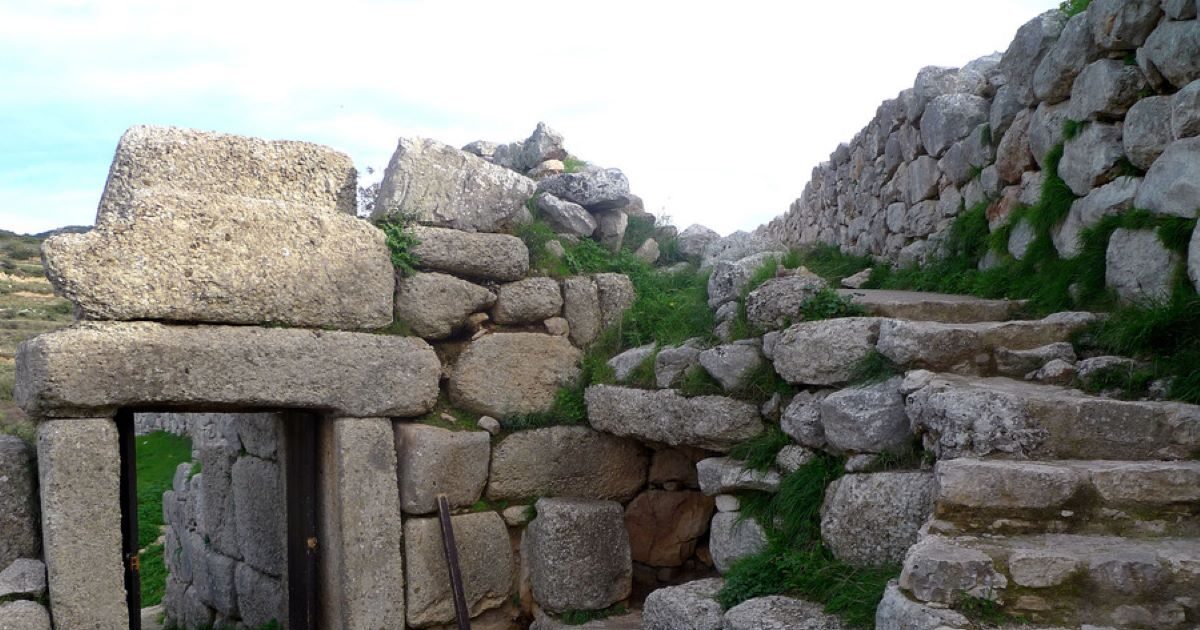He lived about 3,500 years ago – but a face reconstruction technology brought back to “Life” a woman from Mycenae of the late bronze era, before the Trojan War, in the age of Homer.
OR Woman was about 30 when she was buried in a royal cemetery between the 16th and 17th centuries BC. – The site was revealed in the 1950s in mainland Greece in Mycenae, the legendary headquarters of King Agamemnon Homer.
The historical Δρ. Emily Hauserwho assigned the digital representation, told Observer: “It is incredibly modern. He cut my breath.
For the first time, we are looking at a woman’s face from a Kingdom associated with Helen of Troy – Helen’s sister, Clytemnestra, was a queen of Mycenae in myth – and from where the poet Homer imagined the Greeks of the Trojan War to begin. Such digital reconstructions convince us that they are real people».
See HERE the digital representation of the woman’s face
Hauser, a lecturer of classical studies and ancient history at the University of Exeter, said: “It is incredibly exciting to think that, for the first time since it entered the earth 3,500 years ago, we are able to look at the real face of a royal woman. This woman died around the beginning of the Late Bronze Age several hundred years before the supposed Trojan War. “
THE Juanjo Ortega G.a digital artist, “created” the woman’s face from a clay representation that had been made in the 1980s by the University of Manchester, a pioneer of one of the most important methods in face representation.
“We can – for the first time – look back into the eyes of the past,” Hauser noted.
The woman He was buried with an electro -mask and three swords, which was considered to belong to the man who was buried next to herbut now they are believed to belong to her.
«This woman was buried because of her origin, not because of her marriage. This tells us a different story about how important it was. “
He added that archaeological elements and DNA analyzes allow “the real women of ancient history to come out of the shadow”.
Woman’s bones state suggests that She was suffering from arthritis on the vertebrae and her handsperhaps “it is a reminder of the physical stress of women of that time, such as Helen in the Iliad, described to weave,” Hauser notes.
“So this is a wonderful way to associate the experiences of real women with ancient myths and stories.”
